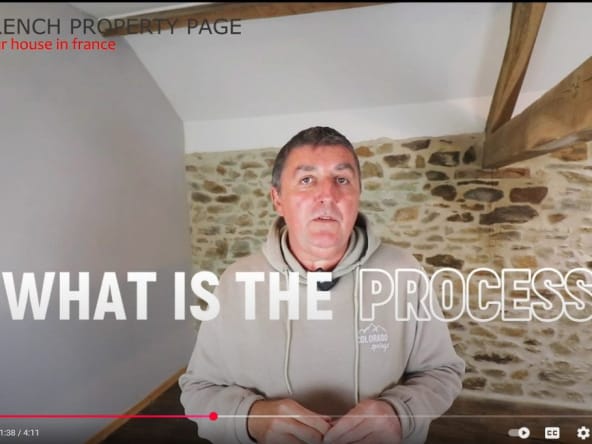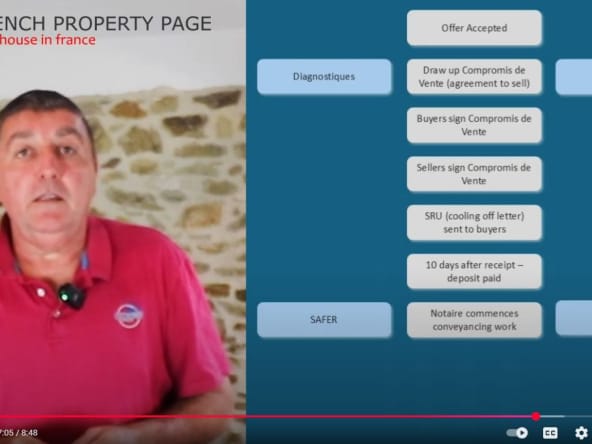Departments Most Affected
In France, at the end of 2024, dry rot was affecting around twenty departments. It is difficult to draw up clearly identifiable zones. In a good north-eastern quarter (Aisne, Aube, Eure, Moselle, Haut-Rhin, Seine-Maritime and Somme) and a large central area (Jura, Puy-de-Dôme, Rhône, Deux-Sèvres), the prefectures have issued decrees to indicate areas infested by dry rot. Individuals or specialized companies are also reporting them in other departments, such as Finistère, Ardèche, Gard, Ain, Allier and Alpes-de-Haute-Provence.
Map of Contamination Risk
It is a wood-eating fungus that thrives in dark, damp and cool environments. Dry rot proliferates very quickly and devours the wood in homes. It likes the outside of the house, the basement and woodpiles. Very virulent, like the termite, it can go unnoticed by infiltrating porous materials such as plaster and stone. It hides in the lining and becomes difficult to detect. The dry rot resembles white or gray cotton or a brown surface surrounded by white. The affected wood eventually cracks and breaks. The FCBA (French acronym for Technological Institute for Forestry, Cellulose, Wood-construction, Furnishings) provides a detailed map of the risk of contamination (new window) by this fungus.
In other words, dry rot feeds on the cellulose in wood. It devours skirting boards, floors, joists, door and window frames, load-bearing beams, roof timbers and even the wooden framework of a house. The later you spot it, the harder it will be to treat the infestation.
Is it necessary to carry out a dry rot diagnosis?
If you are selling your property, you are obliged to inform the buyer of all the factors that could determine his or her consent. You must carry out about ten inspections (lead, gas and electricity installation, energy performance, etc.). The dry rot inspection remains optional, except in departments that have issued a prefectural order on the subject. The ALUR law specifies that the presence of dry rot must be reported when a property is sold, otherwise it would be considered a latent defect. To find out if the property in question is located in an infested area, consult the website of the housing authority for the area you are interested in or inquire directly by telephone.
The dangerous nature of this fungus should encourage owners to be cautious. If you suspect the presence of dry rot, call in a diagnostician. In most cases, the professional will identify the infestation by observing the damaged wood. If you are buying a home, look at the wood in damp areas and ask for a dry rot diagnosis before signing the preliminary sale agreement.




